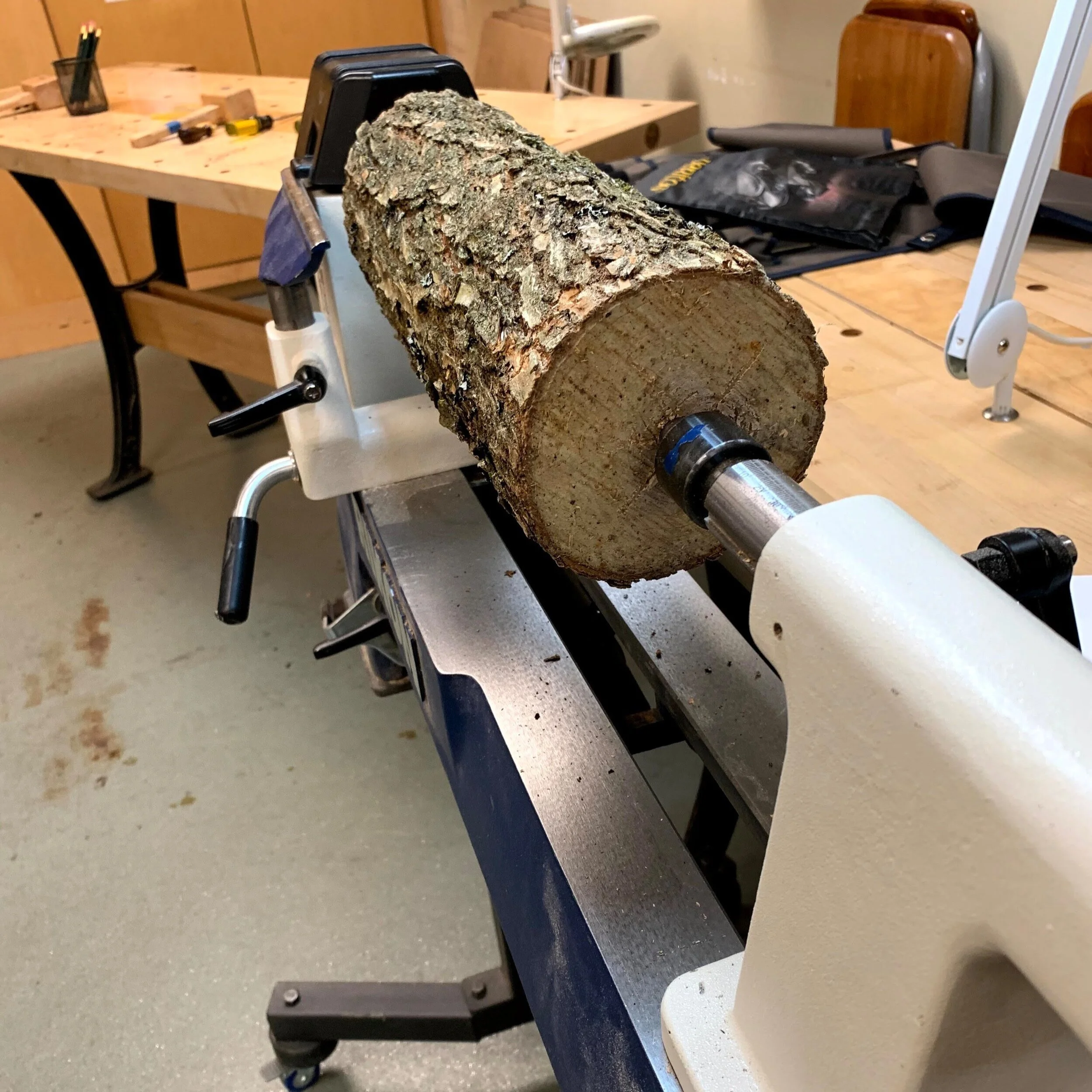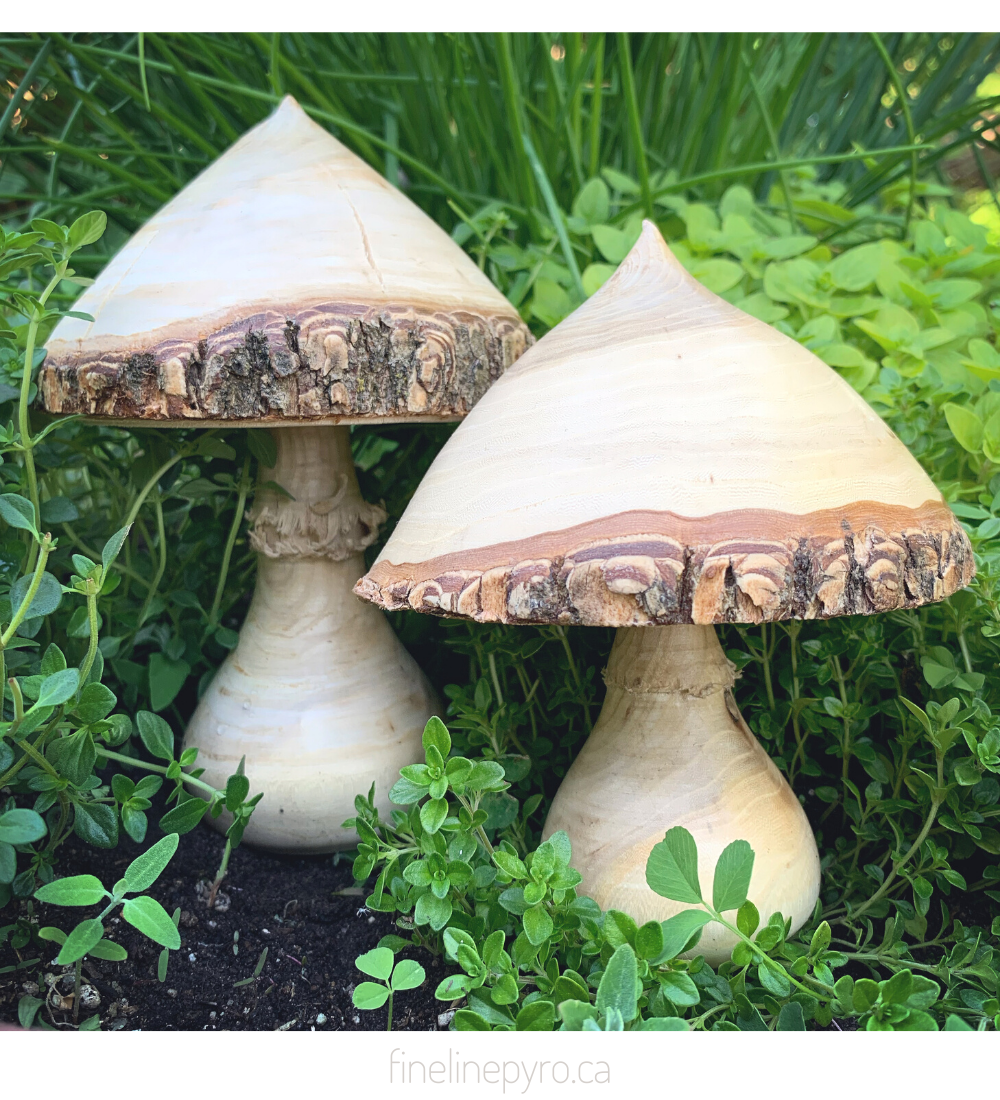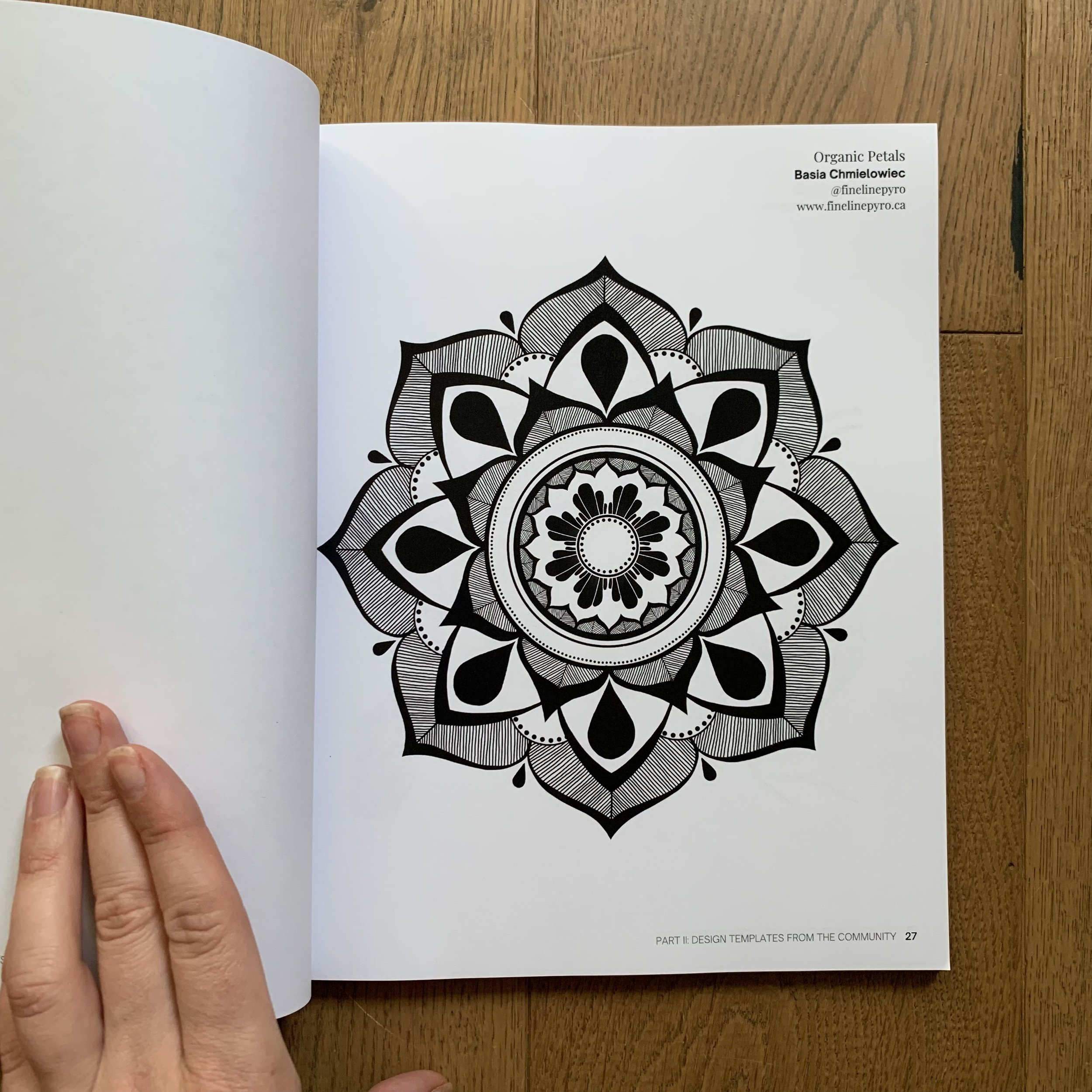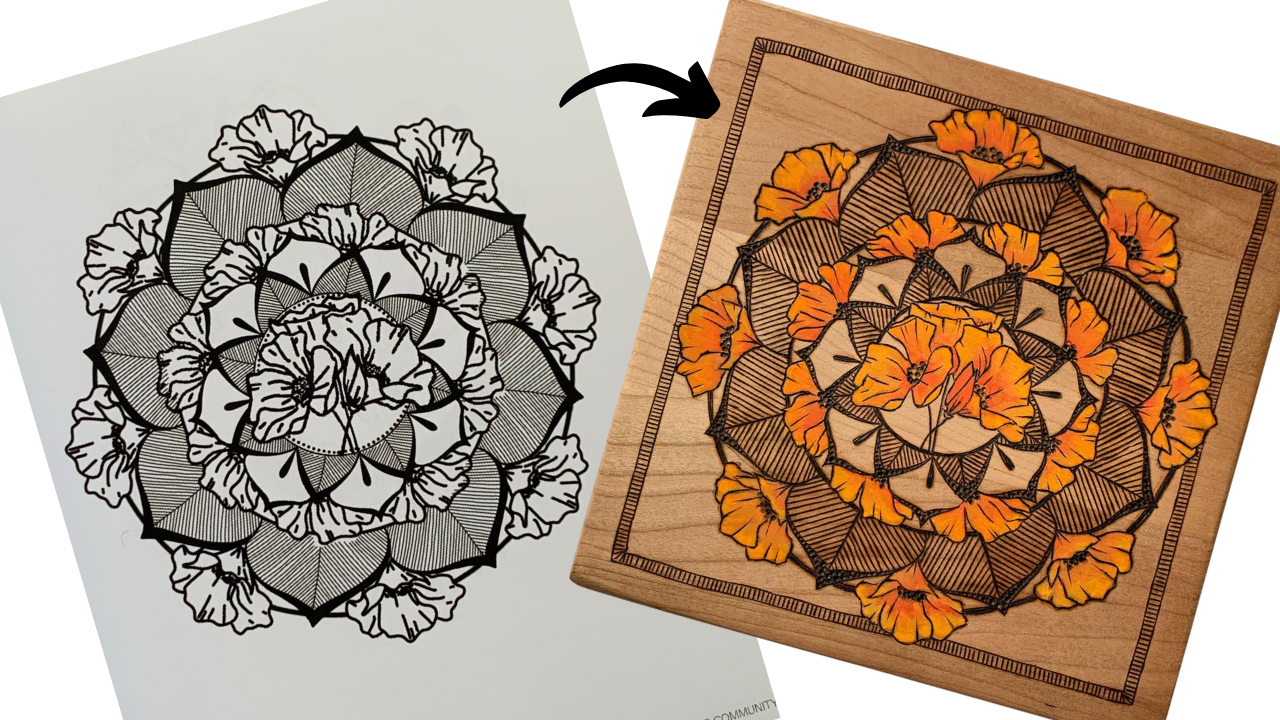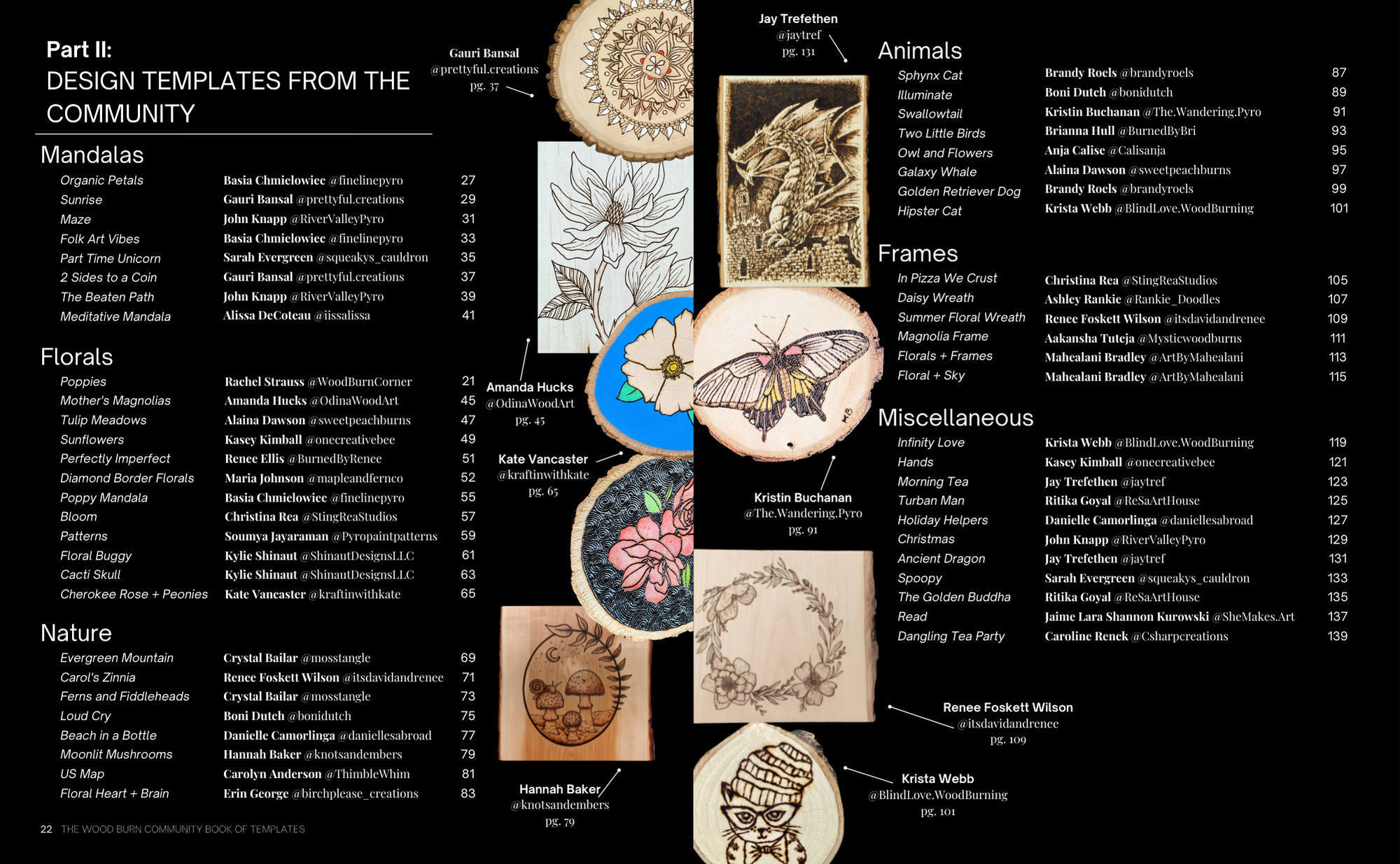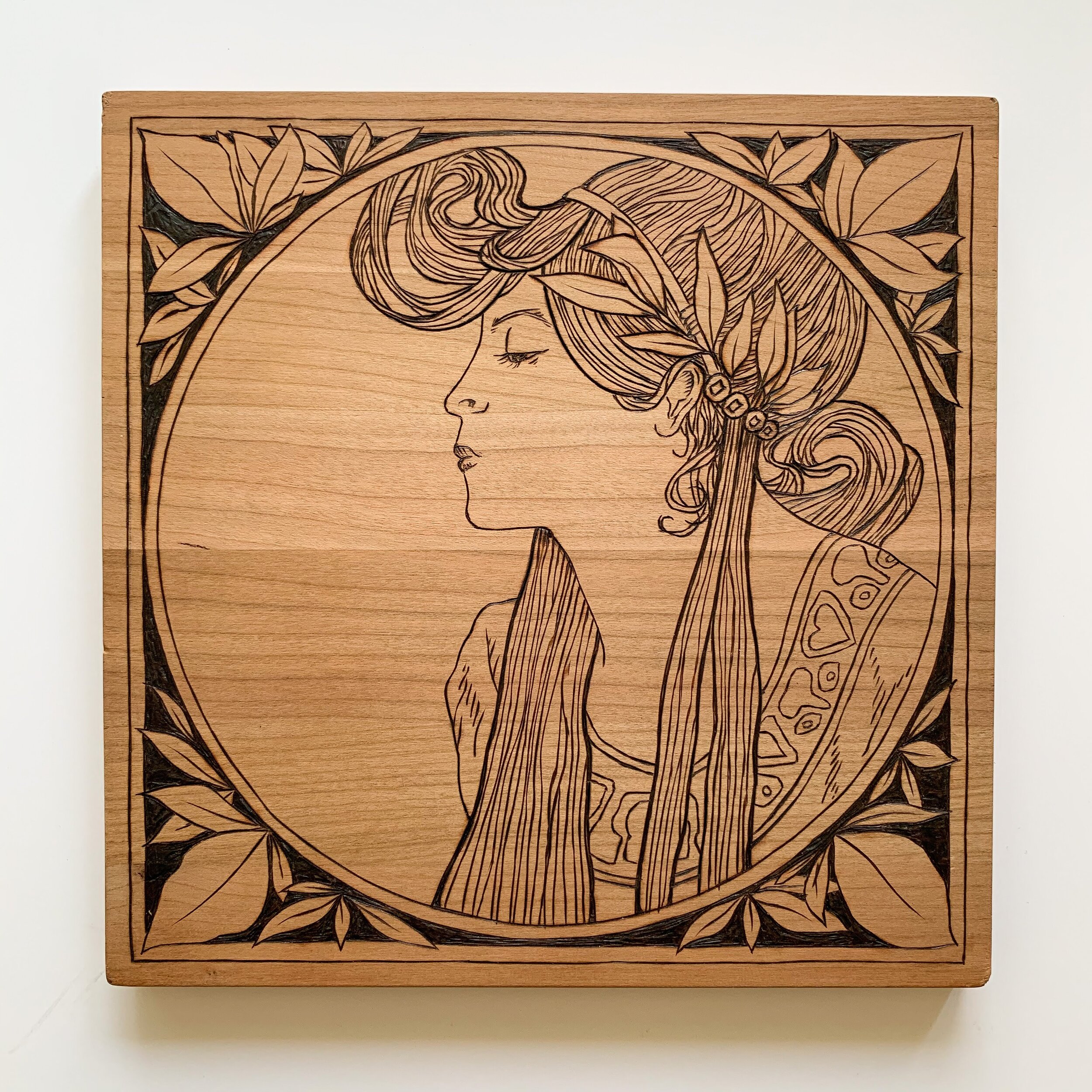woodturning is a form of woodworking that involves shaping a piece of wood into a desired shape and form using a lathe.
the lathe is a machine that rotates the wood at high speed while the woodturner uses various cutting tools to shape and carve the wood.
the first step is selecting a suitable piece of wood and mounting it on the lathe. the wood is then rotated while the woodturner uses chisels, gouges, and other cutting tools to shape the wood.
you may also use sandpaper and other finishing tools to smooth the surface of the wood and achieve the desired finish.
woodturning can be used to create a wide range of objects, including bowls, vases, platters, and other decorative and functional items.
check out these adorable little mushrooms I made at lee valley tools!
Andy, from Lee Valley Tools below, is demonstrating the process of woodturning:
wood turning was really fun! it was also a bit dangerous and there were a lot of tips and tricks I learned from the teachers at lee valley which, not only made me enjoy the whole process, but also not loose any fingers!
make sure to check out the discovered section for some cool how-to project videos! hopefully classes will return to learn in person again, but for now, these guys have worked hard to create some pretty awesome wood working, gardening, and cooking project ideas and tutorials!
